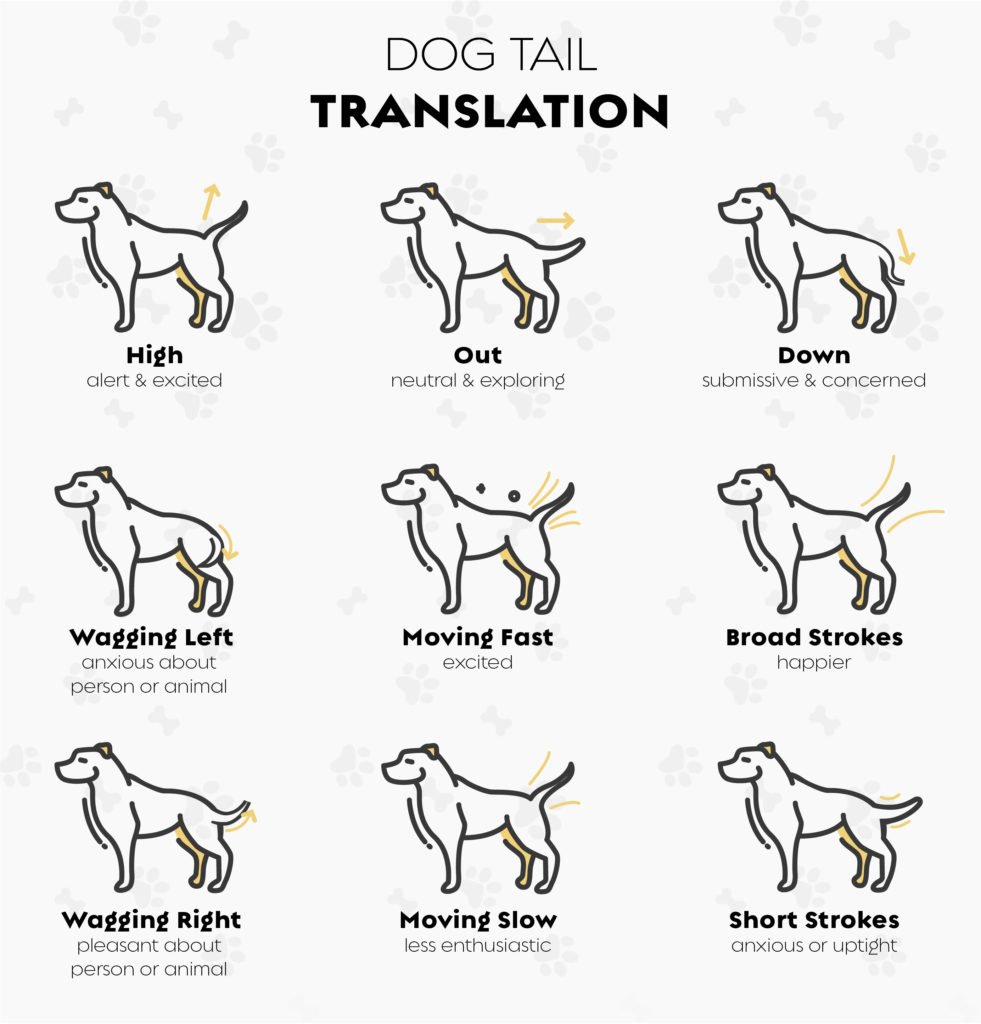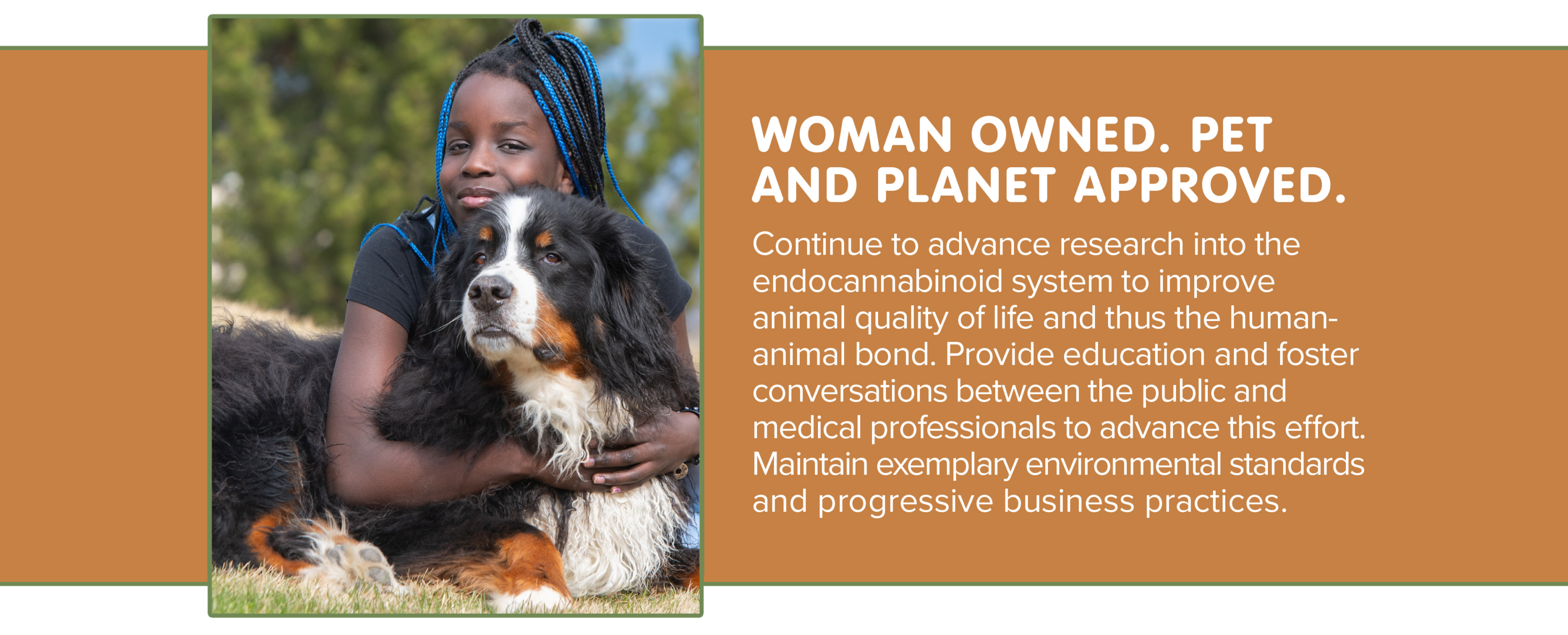9 Signs Your Dog is Feeling Discomfort – Canna Companion
Just as we express distress in a variety of ways as humans, your dog may show signs of discomfort differently than another dog. In fact, depending on age, breed, environment, training, and behavior, you may not even recognize certain signs.
To make matters worse, dogs instinctively try to hide their discomforts as a survival technique. As pet parents, you want to protect your four-legged friend and give them the best quality of life possible.
Of course, since your pup can’t directly communicate with you. So, you may have to pay closer attention to these nine common signs that your dog is feeling discomfort:
1. Changes in general behavior
Any noticeable change in behavior or temperament can be cause for concern. Dogs are generally consistent and loyal pets, so a change can suggest some discomfort or indirect communication on their part.
Unfortunately, these changes can often be subtle. Common changes that can be signs of discomfort include:
- Shaking
- Flattened ears
- Aggression
- Grumpy temperament
- Panting or vocalizing
- Excessive grooming, licking, or scratching of a specific area
- Limping
- Stiffness
- Hiding or clinginess
- Changes in sleeping patterns (more, less, or just different)
If you notice these changes in behavior or temperament in your pup, make note of them to your primary care veterinarian.
2. Change in appetite
There are few things that dogs love more than eating. The closest contender is usually playing! If your dog isn’t eating heartily, it could be a sign of anxiousness or physical discomfort.
It’s rare that a pet isn’t in the mood to eat or needs a change in the meal. Therefore, changes in your pup’s routine or environment can make them feel some sense of anxiousness. Even something as simple as changing the time or location of their meal could cause more sensitive dogs to feel anxious during mealtimes.
Physical discomfort often results in changes in appetite as well. This can manifest as unusual pickiness, becoming excited about meals but only eating half, or even eating voraciously.
We often see changes in appetite with older patients. For instance, although taking an extended walk with a senior dog is generally low-impact and healthy, it can result in joint stiffness that makes eating positions uncomfortable. These dogs usually clean their plates at all other meals, but may be uncomfortable eating after such activities.
With that said, changes in appetite can also be a symptom of more serious conditions. Contact your veterinarian if you observe a prolonged change in appetite.
To help your vet assess the situation better, try to make note of when your pup’s appetite has changed. For instance, fatigue, vomiting, diarrhea, or constipation are worth noting.
3. Unusual vocalization
While the occasional bark at a squirrel or delivery driver is no cause for concern, unusual vocalization is worth paying attention to. Especially when nothing exciting appears to be going on.
Excessive yelping, growling, snarling, and even howling could be your dog telling you that something isn’t right.
As with many other signs, there are some special scenarios that your veterinarian should definitely know about, These include:
- Yelping and jumping up while resting
- Growling or snarling during normal grooming (or at a particular body part)
- Any unusual vocalization while petting
Observing these things doesn’t always mean that your dog is suffering from something serious. However, it can be worth sharing to get a bigger-picture understanding of their health status and assess the situation more fully.
4. Reluctance to move or play
If your dog stops running to greet you at the door or isn’t excited to go for a walk like usual, it could be an indication of discomfort.
Reluctance to move or play can suggest mobility issues, such as joint discomfort. As pets age, there’s a normal reduction in the strength and flexibility of joint tissues, leading to joint stiffness and reluctance to get up from a comfortable position.
These scenarios typically require some sort of change or addition to their wellness regimen. CBD pet supplements can be a great, natural option to help promote optimal health during these times.
Normal daily exercise and activity can also cause pets of any age to struggle just to greet you at the door or jump into bed for some cuddles. Like alterations in appetite, reluctance to play can also be due to a change in energy levels that may point to an imbalance within your dog’s immune, musculoskeletal, and neurological systems.
Let your veterinarian know what’s going on so your dog can receive the proper support. You can also book a free consultation with one of our licensed veterinary professionals to learn more about using CBD pet supplements for your dog.
5. Loss of interest in typical activities
Does your dog’s favorite squeaky toy no longer excite them? Do they not want belly rubs anymore after you come home from work? It may be time to take note.
A sudden loss of interest in activities that typically excite your dog can indicate a change in medical or behavioral health.
It’s true that sometimes a dog just gets bored with their toys, and that older dogs generally play less often. Depending on your pup’s normal temperament, it can even be a sign of pettiness, such as if you notice it after going away on a weekend trip.
A lack of enthusiasm for toys, plus avoiding belly rubs, plus not greeting you at the door, can point to discomfort. Similar to changes in appetite, make note of their lost interest and share it with your veterinarian if it begins to cause more concern.
6. Excessive yawning
While humans may yawn when they’re tired or bored, dogs sometimes yawn when stressed. You can tell the difference because a stressful yawn is more prolonged and intense than a sleepy yawn.
Interestingly, dogs yawn to calm themselves down in tense situations. They also do it to calm others down, including you as their owner! Don’t you just adore dogs?
When feeling anxious, a prolonged yawn is usually accompanied by wider, grimaced lip corners that are pulled up and back. Your dog may avoid eye contact, turn their head away, or widen their eyes (more white shows).
Excessive yawning accompanied by other signs on this list may be cause for deeper concern. Otherwise, our veterinarians recommend keeping an eye on your pup and calming them down or cheering them up with treats, toys, and playtime.
Sometimes, it can simply be a temporary or situational discomfort, so try not to let this one stress you out too much!
7. Tail position
Your dog’s body language says a lot about their current mood and emotional state. In fact, the position of their tail (relative to the ground) is one of the most communicative signs they have.
The higher the tail, the more assertive the dog.
In other words, if your dog has their tail pointing down to the ground or between its legs, they’re likely feeling fear and stress.
Dogs with their tails held up like a flag are confident. Depending on the breed, this may mean they’re ready to play, guarding the yard, or aggressively responding to a perceived threat.
Relaxed dogs hold their tails in a neutral position. If you’re knowledgeable about dog breeds, you’ll know that neutral depends on the breed.
Closely observing your pup’s tail in different scenarios will help you recognize when their emotions have shifted.

8. Cowered posture
Similar to tail position, posture can indicate changes in your dog’s emotional state.
A cowering dog that’s hunched toward the ground may be communicating fear or stress, which is an instinctive fight-or-flight response. They may be trying to get away from something, and this posture makes your dog appear smaller than what they perceive to be a threat.
You may observe this during moments of situational anxiety, such as during a fireworks show or when people are arguing. Small dogs who are uncomfortable being picked up may also exhibit similar cowered behaviors.
Keep an eye out for your dog’s posture, especially in breeds like Bulldogs or Terriers, in which their nubs may not tell you as much about their mood.

9. Moving to avoid touch
Think of the people in your life. When stressed or not feeling well, some retreat and isolate themselves, while others need more affection and attention. Dogs are the same!
Some dogs may try to keep away from you and may even hide. Others will be all over you, seeking affection constantly.
Moving to avoid touch can also be a sign of a physical injury, such as a cut, wound, sprain, or bruise. Report any avoidance of touch to your veterinarian.
How to Help a Dog That’s Feeling Discomfort
Before you panic, know there are many different options and steps you can take to help your pup feel better. If you find something that seems worrisome or odd behavior continues, speak with your primary care veterinarian.
In addition to remedies you can implement at home, our licensed veterinarians can talk to you about our CBD supplements for dogs that are designed with a holistic approach. When regularly administered, our supplements can help your pet live as optimally as possible at all times, so you can get all the cuddles!
In some states, you can actually speak to your primary care veterinarian about supplements as well! Nevada passed a law that went into effect which sets a powerful precedent, allowing veterinarians to recommend and administer hemp-based products like ours.
California, similarly, passed legislation allowing veterinarians to discuss cannabis-related products with a client.
All Canna Companion Blogs are approved by veterinary professionals including the product development veterinarians.



